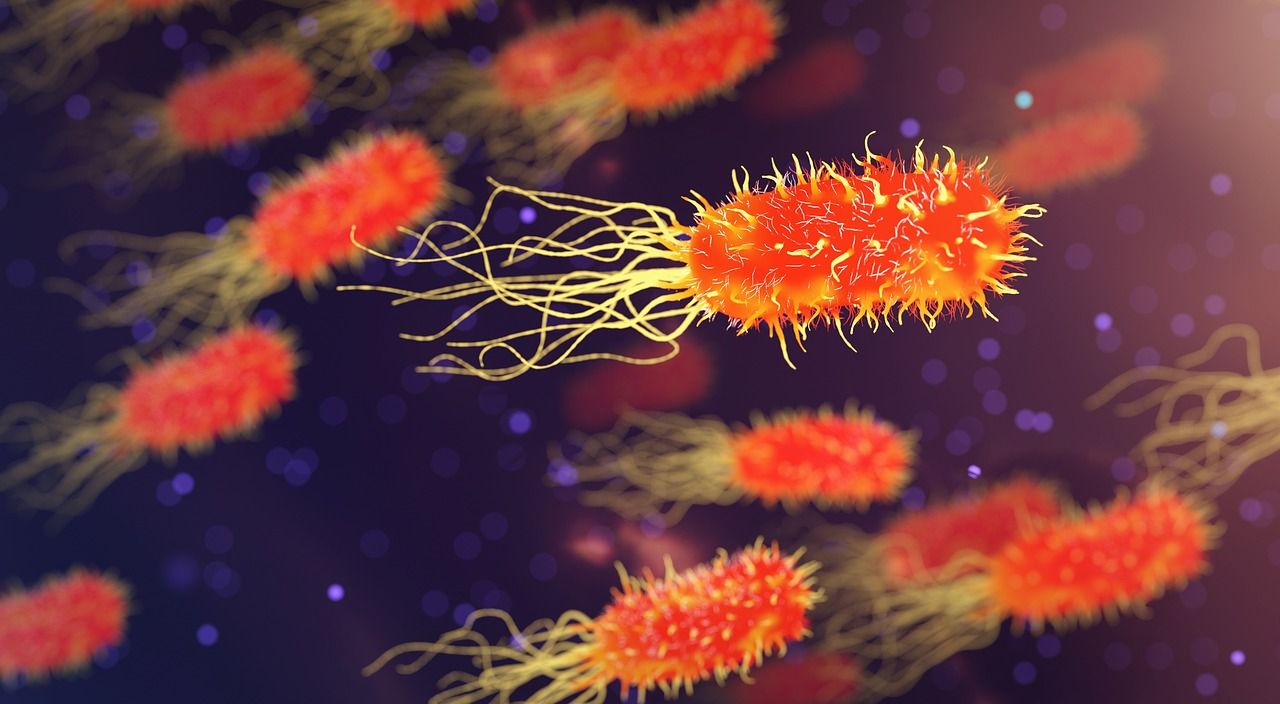Aside from seasonal influenza episodes, bacterial and viral infections have been the leading cause of death during the pandemic. The flu season generally kicks in during fall and lasts through spring. During its onset, humans are exposed to scores of bacteria that can cause serious illness.
The severity of flu symptoms often leads to an overuse of antibiotics, which in turn results in certain bacteria growing resistant to them. It can make the bacterial onslaught even more difficult to deal with. In view of this, the World Health Organization touted bacteria resistance as one of the pressing health issues the globe faces right now.
However, Professor John E. Moses at Cold Spring Harbor Laboratory (CSHL) has made an astonishing discovery that aims to reverse this crisis and ensure that drug-resistant superbugs no longer get the best of flu patients.
Moses has developed an antibiotic that can shape-shift on its own by rearranging its atoms.
The idea occurred to him after observing how military tanks work—rotating their turrets and nimble movements which is an acute reflex to possible threats, according to News Wise. Years after analyzing the military tanks, Moses learned of bullvalene—a fluxional molecule characterized by position-swapping atomic arrangements. The said attribute of its atoms gives the molecule millions of configurations, exactly the fluidity Moses was looking for in his research.
Moses then studied vancomycin, a medicinal drug that many viruses including MRSA, VRSA and VRE have grown immune to. Vancomycin is a potent antibiotic that has long been used to treat conditions like skin infections and meningitis. Moses believed he could improve the drug’s bacteria-fighting performance by combining it with bullvalene. During the process, he resorted to the Nobel prize-winning click chemistry method, noting that it makes the reaction more efficient for wide-scale use.
“Click chemistry is great,” said Moses, who learned the mechanisms of the method from…
Read the full article here

Leave a Reply